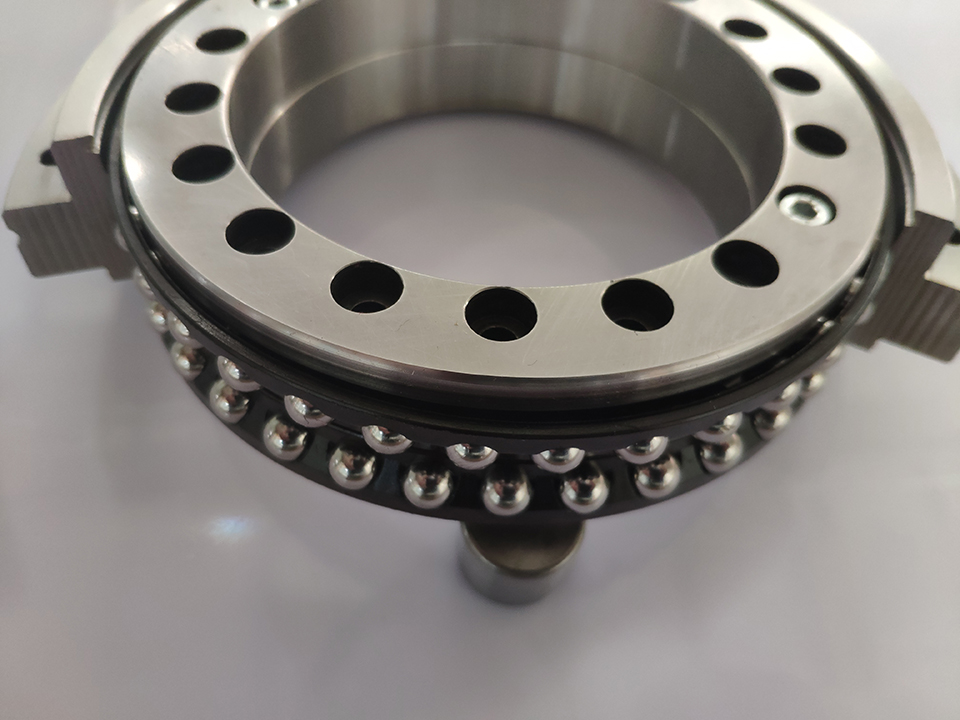YRT turntable bearing load classification introduction
YRT turntable bearing is a commonly used high-precision bearing. From its name, we can know that it is a professional bearing designed for turntables. At the same time, it is also widely used in high-precision equipment such as medical equipment, CNC machine tools and even precision radars. Therefore, the turntable bearing must be maintained in good condition and performance at all times, and maintenance and repair must be carried out to prevent accidents before they happen, ensure the reliability of operation, and improve productivity and economy. The best maintenance is to follow the operating standards of the corresponding mechanical operating conditions and conduct regular inspections.
According to the load applied to the turntable bearing and the rotation status of the ring, the load borne by the ring can be divided into three types: fixed load, rotation load and back and forth shaking load.

The radial load synthesized by the fixed load is borne by the ring raceway part range and is transmitted to the corresponding part range of the appropriate surface of the shaft or housing. This load bearing is called fixed bearing load. The unique feature of the fixed load is that the synthesized radial load is relatively stationary with the ring. Generally, looser rings can be used to bear fixed loads.
The composite radial load vector acting on the bearing ring rotates along the circumferential direction of the raceway, and is borne by various parts of the raceway in sequence, and is transferred to various parts of the outer surface of the shaft housing hole accordingly. This load is called a rotational load, also known as a cyclic load.
The composite radial load vector acting on the bearing ring relatively swings back and forth within a certain range of the raceway of the ring, is borne by a certain range of the raceway, and is correspondingly transferred to a certain range of the outer surface of the shaft or housing hole, or the load acting on the bearing is an impact load or an oscillating load, and its load direction or number often changes. This load is called a back and forth shaking load. When the bearing bears a back and forth shaking load, especially when it bears a heavy load, it is considered appropriate to use interference fit for both the inner and outer rings. When the inner ring swings back and forth, the inner ring is generally suitable for using a rotational load.


